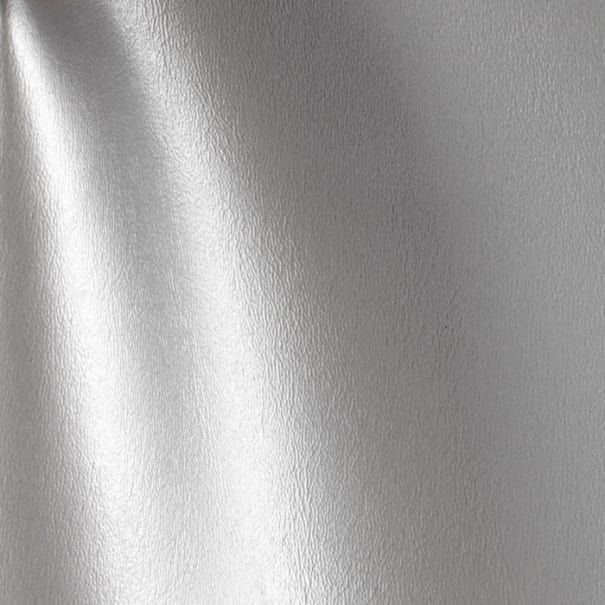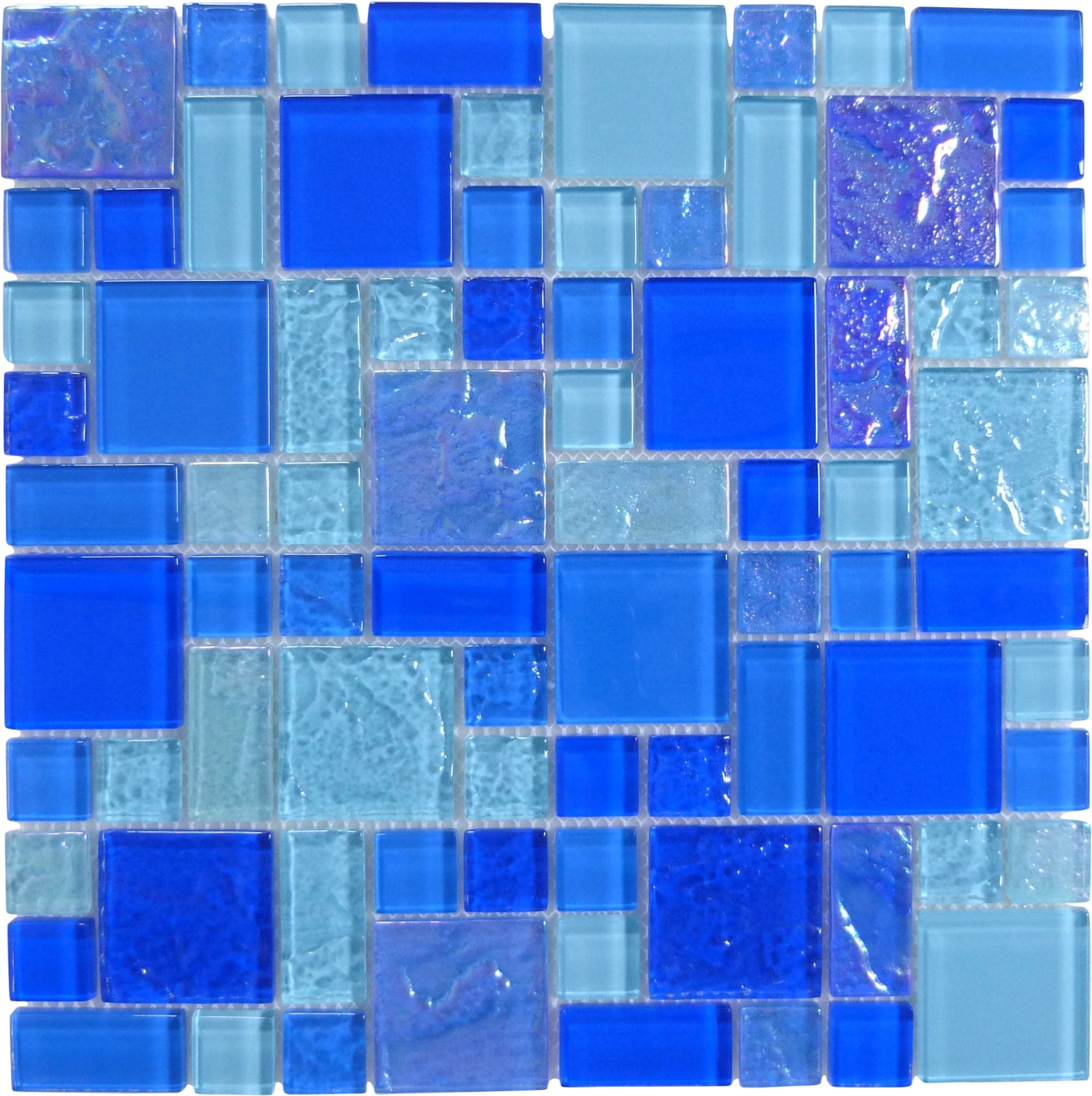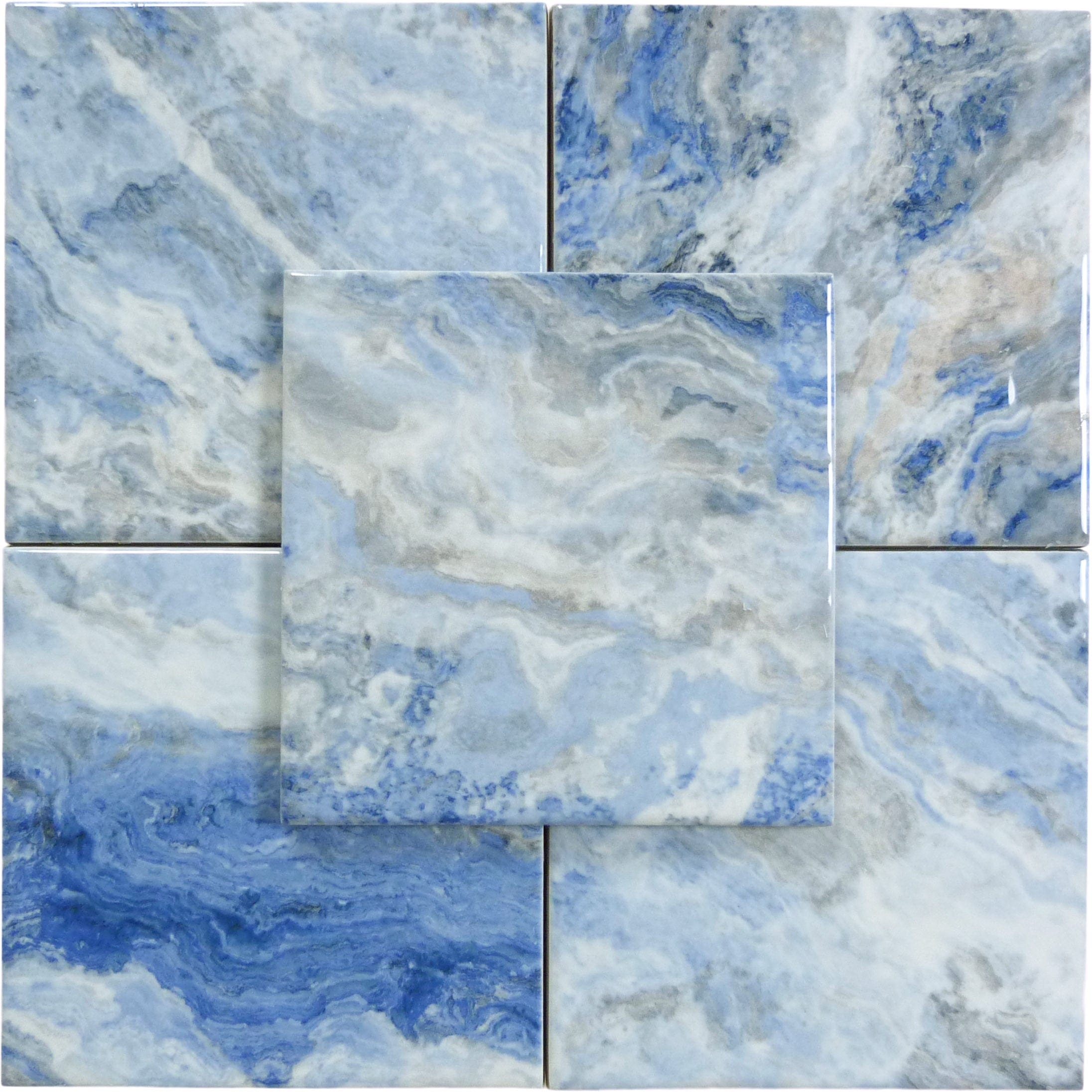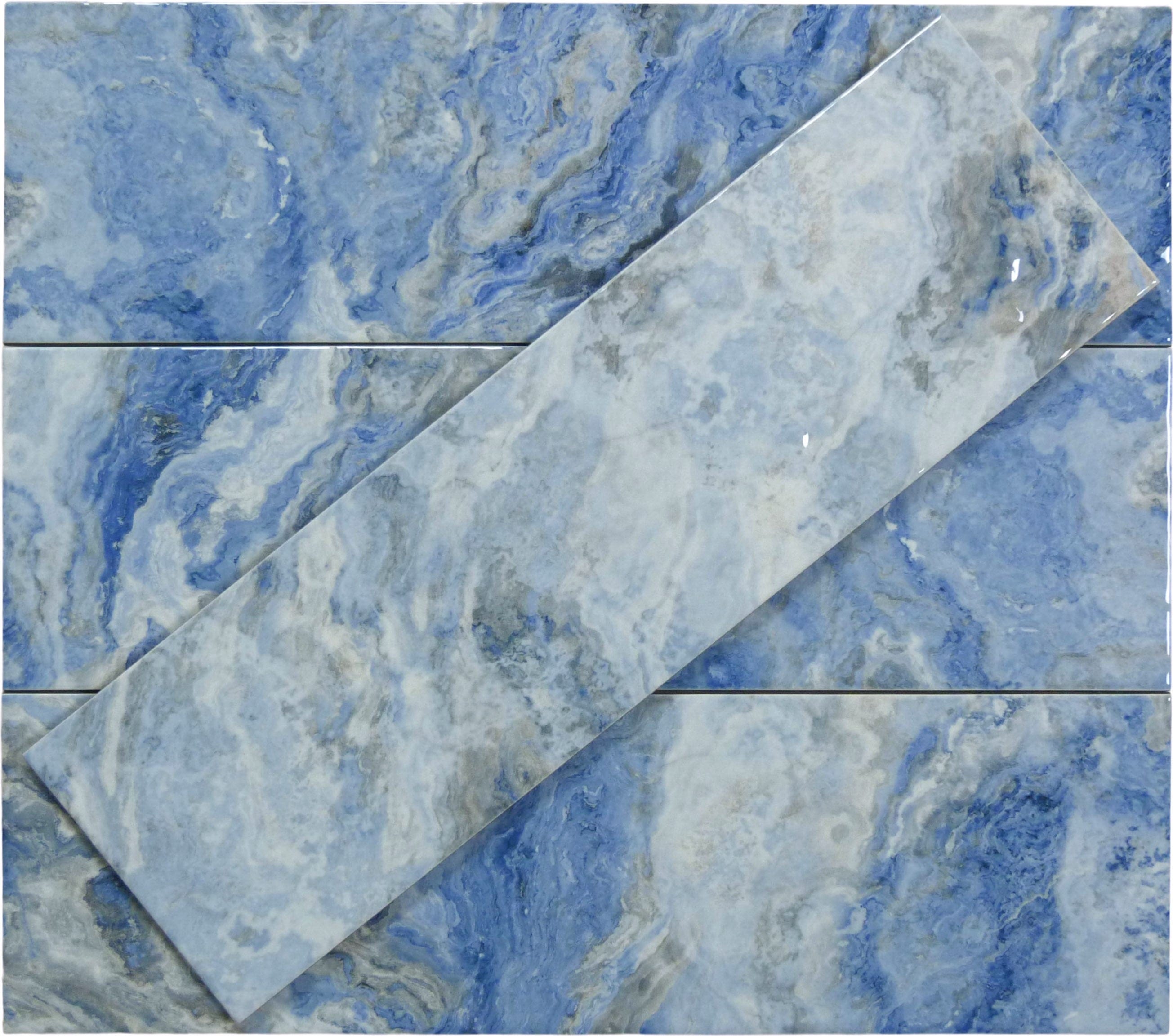Pool Maintenance Guide: How to Maintain Your Pool
Swimming pools need regular maintenance and care to ensure they are working properly. It can seem a bit overwhelming at first, but we break it down for you. In this guide, you will learn how to maintain your pool and keep it in good working order so you can enjoy it for years to come.

Swimming Pool Basic Parts
First things first, you need to familiarize yourself with the basic swimming pool parts. Pools can get pretty fancy. You can add pool accessories, underwater speakers, high-tech pool covers, special lighting, and advanced heating elements. You can even go for a different type of pool altogether, such as a saltwater pool, that requires special maintenance and care.
But, before getting too fancy, make sure you understand the basics. By understanding what each of these parts do and the role they play, you can take better care of your swimming pool.
-
Pool Water
Keeping the pool water clean is the key to keeping your swimming pool lasting for many years. When the water is clear, clean, and balanced, there is less of a chance that it will be full of pollutants. Clean water also prevents mineral build-up and corrosion so your pool and pool tiles will last longer.
-
Pool Walls, Floor and Waterline
Your swimming pool’s interior as well as the waterline is an important part of the pool, one that you need to take good care of especially because it’s always in direct contact with water.
From choosing the right pool tile to properly cleaning it from mold, mildew, mineral deposits, and grime, regular maintenance can help you pool tiles to look stunning for years to come.
-
Pool Filtering System
The pool filtering system keeps the pool water circulating, cleaning it from contaminants and dirt. There are different types of filters such as sand filters, cartridge filters, or diatomaceous earth filters.
It’s important to know which type you have because that will affect your filter maintenance and how often you need to clean it. Generally, it’s recommended to clean the filter twice a year when opening and closing the pool for the season.
If the filter isn’t functioning properly, or you don’t clean it out regularly, your pool will become polluted, cloudy or it can even be infected by algae.
-
Pool Skimmers
The pool skimmers pull water into the filter and push the clean water back out. Your skimmers need to be maintained to keep working properly. If they get clogged, water cannot go in and out and your pool will end up dirty.
Pool Maintenance Key Steps
Now that you understand the basics of your pool, it is time to talk about pool maintenance. To maintain your swimming pool properly, you need to think about the 3 C’s of pool care: Cleaning Schedule, Water Circulation, and Water Chemistry.
Let’s see them one by one.
1. Set A Cleaning Schedule
The tools you need to clean your swimming pool are a pool vacuum, pool brush, and a net skimmer to remove leaves and debris from the trees and other outdoor elements.
You should skim the pool, brush, and vacuum it at least once a week to keep it clean. If you need more help, you can try an automatic pool cleaner. You will still need to brush and skim, but it automatically vacuums the pool.
2. Maintain Good Water Circulation
Moving water equals cleaner water. Water that stays stagnant becomes unsterile and contaminated. If you keep your water circulating, you will avoid all the nastiness and your swimming pool water will stay crystal clear.
To keep water moving, run your pool pump and filter every day to maximize the water flow. If you cannot run your pump and filter 24/7, then run your filter at least 8 to 12 hours a day.
Another thing to do is backwash your filter. Backwashing is reversing the flow of water through the filter to flush out the contaminants and dirty water. They are then flushed out of the waste port so the pool water stays clean.
3. Check The Water Chemistry
Keeping the water chemistry balanced is key for swimming pool maintenance. The three most important water chemistry indicators to check are:
- Sanitizer levels: the amount of bromine and chlorine found in your pool water. The levels are different depending on what type of sanitizer you have.
- Alkalinity: a buffer that keeps the water from spiking into acidity or basicity. Aim for a range of 100 to 150 parts per million.
- pH levels: they measure how basic or acidic your pool water is. High levels are basic where low levels are acidic. Try to keep the range between 7.4 to 7.6.
The best way to keep the pool water balanced is using a water testing kit so you know what chemicals need to be added.

Shocking the Pool
Shocking your swimming pool every 1-2 weeks is an additional way to keep it clean and the water balanced. Usually, it’s recommended to shock the pool after a storm, if it has been used by many people, or after an algae infestation to help stop regrowth.
To shock the pool, you need to add lots of chlorine or another pool sanitizer to eliminate bacteria, contaminants, and other types of pollutants.
Swimming Pool Tile Cleaning
While you need to take care of the water, you also need to properly clean your swimming pool tiles too. Calcium buildup is the most common issue when it comes to pool tiles. It happens when you have high alkalinity or high pH levels.
To get rid of calcium deposits, use vinegar, water, and a toothbrush. If you have extra stubborn calcium stains, use a pool tile cleaner with muriatic acid.
Keep Your Swimming Pool Sparkling Clean With Regular Maintenance
Maintaining your pool and pool tiles will keep them in good working order and looking stunning for many years ahead. It’s also a much healthier environment for your friends and family to swim in, so it’s worth the time and effort you’ll put into it, all while saving you from costly repairs further down the line.
If you’re looking to renovate your swimming pool or install a new one at your home, you can be sure to find the best tile for your project. Explore our wide selection of premium pool tiles, available in a variety of colors, styles, and designs.


























